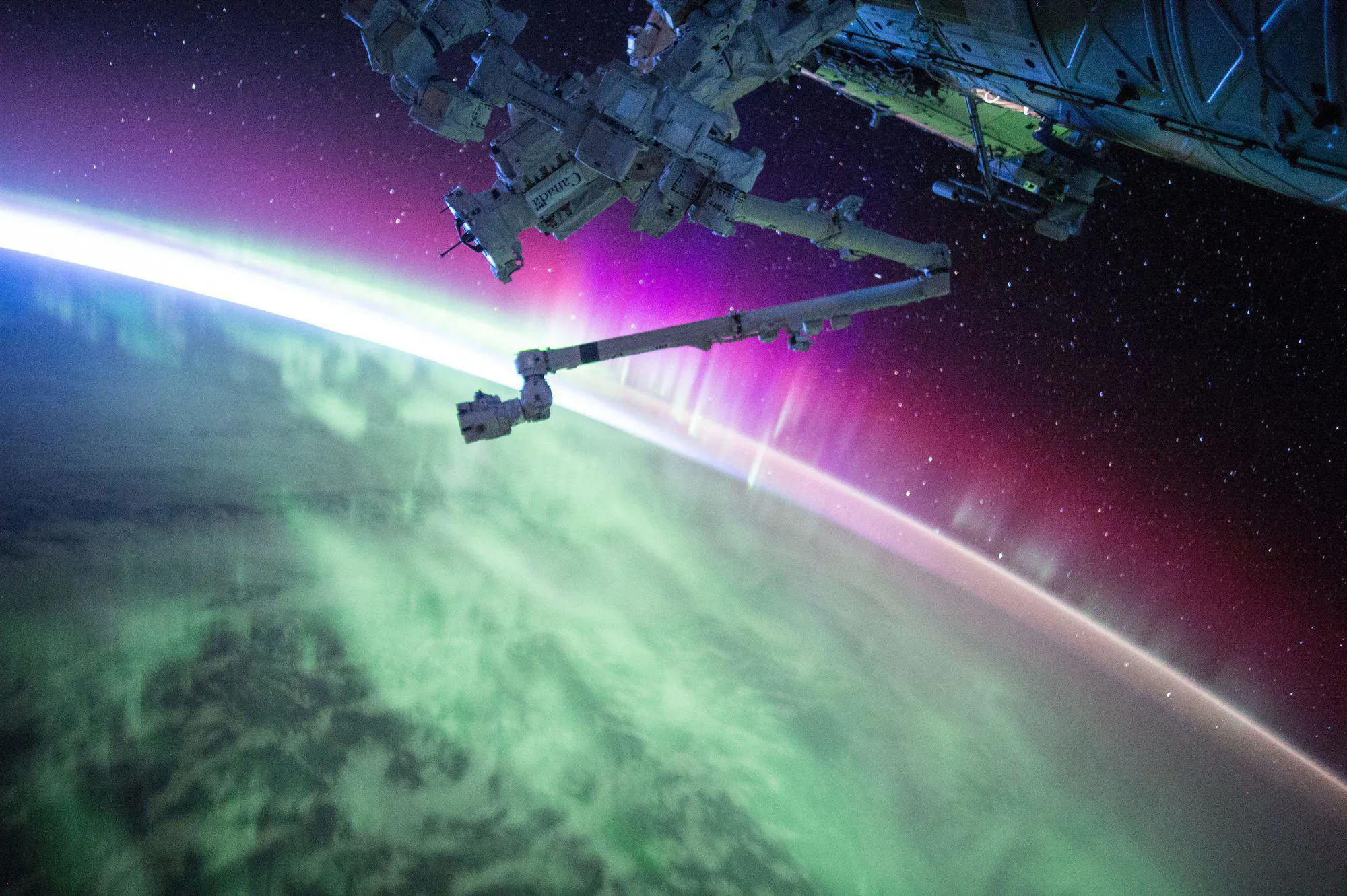Scientists announced last month that there were early signs the atmosphere was on the mend and the Ozone hole is shrinking. This is almost three decades after the world banned Chlorofluorocarbons (CFCs), which destroys the atmosphere’s protective Ozone layer.
In 1987 the Montreal Protocol was signed by 197 signatory countries in an agreement to stop the production and use of CFCs, normally used as a propellant in aerosols and coolant in fridges. The global recycling industry ensured that old refrigerators had CFCs carefully removed and safely destroyed during recycling.
The Montreal Protocol is an example of exceptional international co-operation by outward looking nations who wanted to work together to tackle a global risk. Indeed, Kofi Annan believes it is the single most successful international agreement to date and if early observations are verified this success is further confirmed as we see the planet repair itself now we have dramatically reduced our CFC production.
So what can we do and what can Montreal teach us when faced with massive global risk?
Scientists, politicians, economists, NGOs and other leaders need to get better at explaining risks and how we can work internationally to actually to solve them. This is a challenge because single causes are relatively easy to communicate, global risks with many interrelations are not easy to communicate or solve.
The Montreal Protocol worked to solve a single issue – a rapidly growing hole in the Ozone layer. The public could visualise and then work toward a solution – fill the hole, by stopping CFCs.
World risks are complex to model and difficult to communicate, the science behind Montreal was confirmed in 1973 and the solution to the Ozone hole needed just one group of products to be banned.
Today’s risks are much harder to solve and need significant additional efforts from leaders to resolve.



